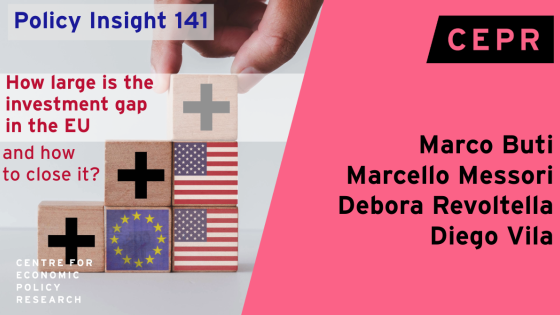DP14558 Innovate to Lead or Innovate to Prevail: When do Monopolistic Rents Induce Growth?
This paper extends the standard Schumpeterian model of creative destruction by allowing the cost of innovation for followers to increase in their technological distance from the leader. This assumption is motivated by the observation that the more technologically advanced the leader is, the harder it is for a follower to leapfrog without incurring extra cost for using leader's patented knowledge. Under this R&D cost structure, leaders have an incentive to play an "endpoint strategy": they increase their technological advantage, counting on the fact that followers will eventually stop innovating -- allowing leadership to prevail. We find that several results in the standard model fail to hold. In addition to the high-growth steady state in which only followers innovate, there now exists a second saddle-path-stable steady state: a low-growth steady state that features both leaders and followers innovating. A policy that increases monopolistic rents or extends parent duration can push the economy toward the low-growth steady state, causing, in some cases, irreversible harm to long-run growth.


